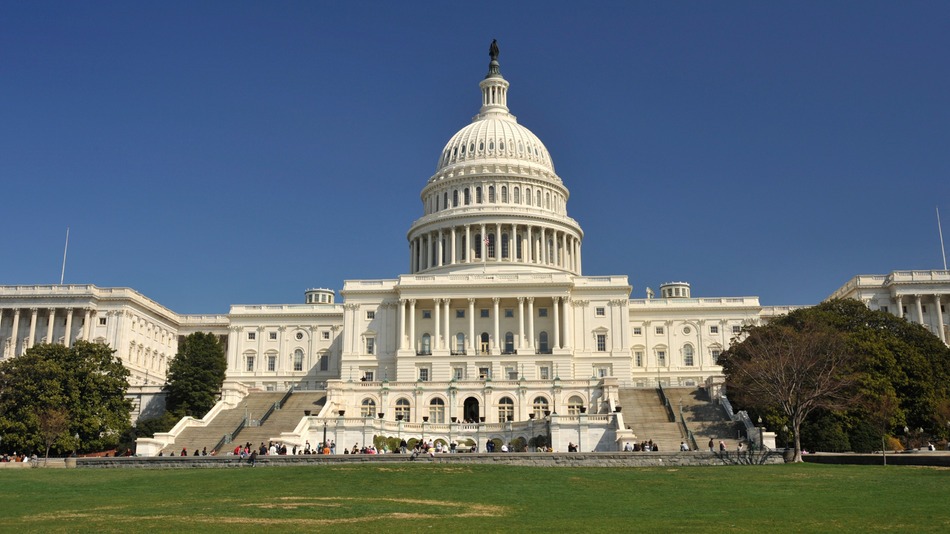Accounting
Financial Choice Act Offers Key Banking Reforms
New proposed legislation, introduced by Representative Jeb Hensarling (R-TX), is making headlines because it effectively rolls back the regulatory reforms included in the landmark 2010 Dodd-Frank Act. The “Financial Choice Act,” which passed in the ...
Jun. 09, 2017

New proposed legislation, introduced by Representative Jeb Hensarling (R-TX), is making headlines because it effectively rolls back the regulatory reforms included in the landmark 2010 Dodd-Frank Act. The “Financial Choice Act,” which passed in the House by a vote strictly along party lines. also repeals the “Volcker Rule,” (named after former Federal Reserve Chairman Paul Volcker) prohibiting government-insured banks from making certain speculative investment. This piece of legislation now moves to the Senate for consideration.
But there’s more to the Financial Choice Act than first meets the eye. As one might expect, the bill is highly controversial, with supporters and detractors quick to praise or criticize the provisions, respectively. Following are several of the main elements that have come under the microscope.
Changes to consumer protection agency: Currently, the Consumer Financial Protection Bureau (CFPB) exists as an independent agency. Among other changes that would curtail the CFBPO’s authority, the bill brings the watchdog agency under the purview of the executive branch, so the president could remove its director.
Bank stress tests: The Federal Reserve requires certain banks to undergo an annual stress test every year to understand how these financial institutions would react during a financial downturn like the one that crippled the country in 2008-09. If a bank fails these tests, additional regulations then kick in. In addition to modifying the tests, they would be imposed every two years instead of one.
Orderly liquidation authority: Under this section of the Dodd-Frank Act, Uncle Sam can step in if a bank is nearing collapse to avoid the failure spreading like a virus to other institutions. The bill would eliminate this “too big to fail” provision and prevent bank bailouts of the magnitude we witnessed in last decade.
Increased accountability: The bill is also designed to require accountability from Wall Street by imposing enhanced penalties for financial fraud and self-dealing, while promoting greater transparency. For instance, it would double the statutory cap for the most serious securities law violations to $300,000 per violation for individuals and $1.45 million for companies.
Note also that the bill would have repealed the so-called Durbin Amendment to the Dodd-Frank Act, but this provision was removed from the final version. The Durbin Amendment caps the amount banks and agencies can charge retailers for processing debit and credit card transactions.
Overall, the new bill essentially lines up with the agenda of the Trump administration, as promised during the presidential campaign, to reduce burdensome regulations on businesses with an eye toward creating jobs through a faster-growing economy. Not surprisingly, Democrats point to weakened consumer protections and reduced oversight of the banking industry as negatives.
Although there has been some movement on both sides of the aisle – the Durbin Amendment was left untouched and some Democrats concede that Dodd-Frank is flawed – most experts say that there is a slim to zero chance that the bill will survive the Senate in its current form. As the summer approaches and Congress turns to other priorities like health care and tax reform legislation, this bill may be relegated to the back-burner.
